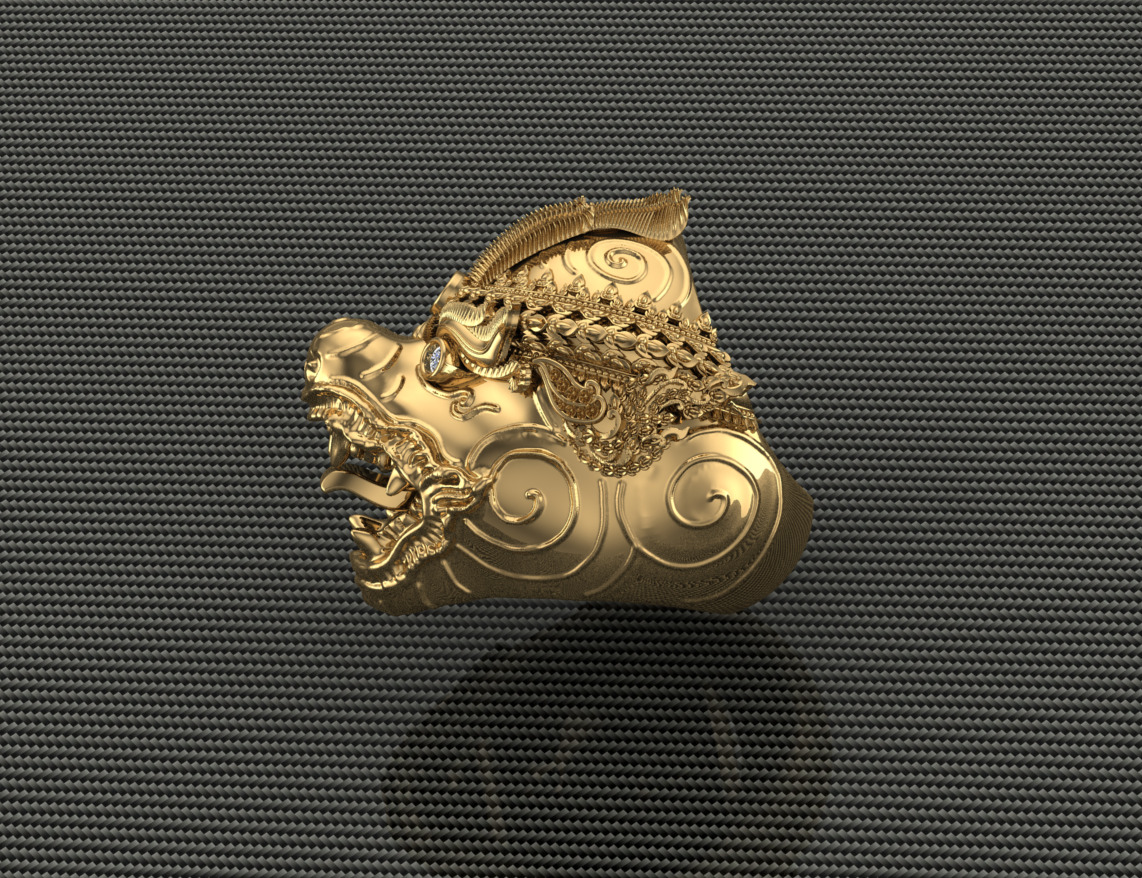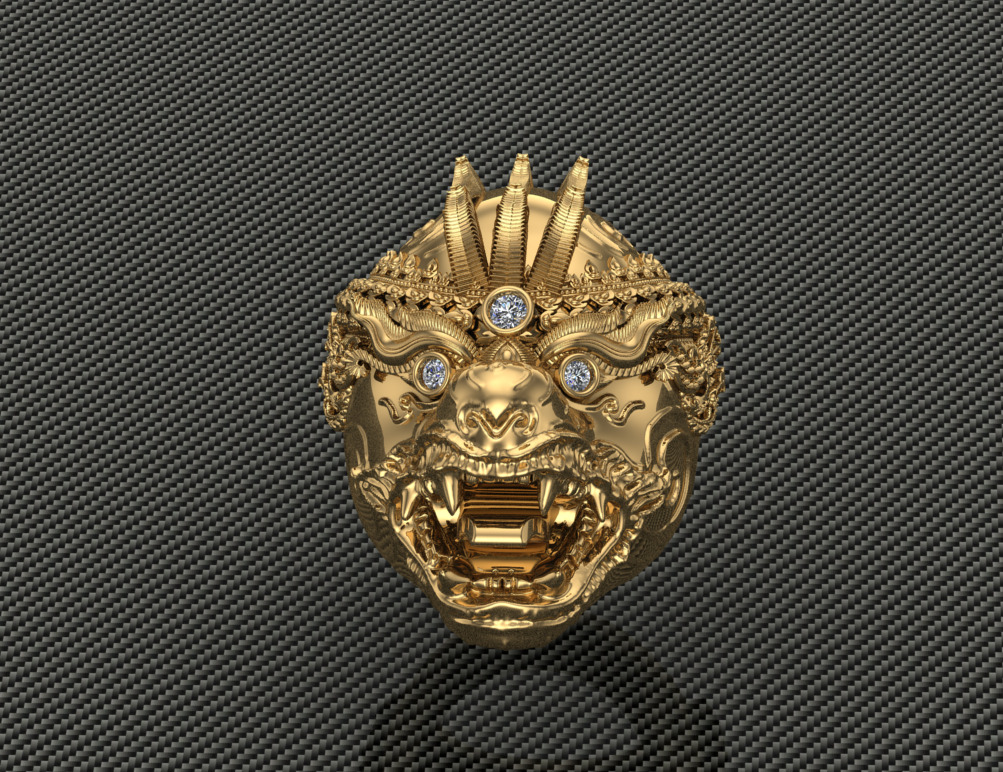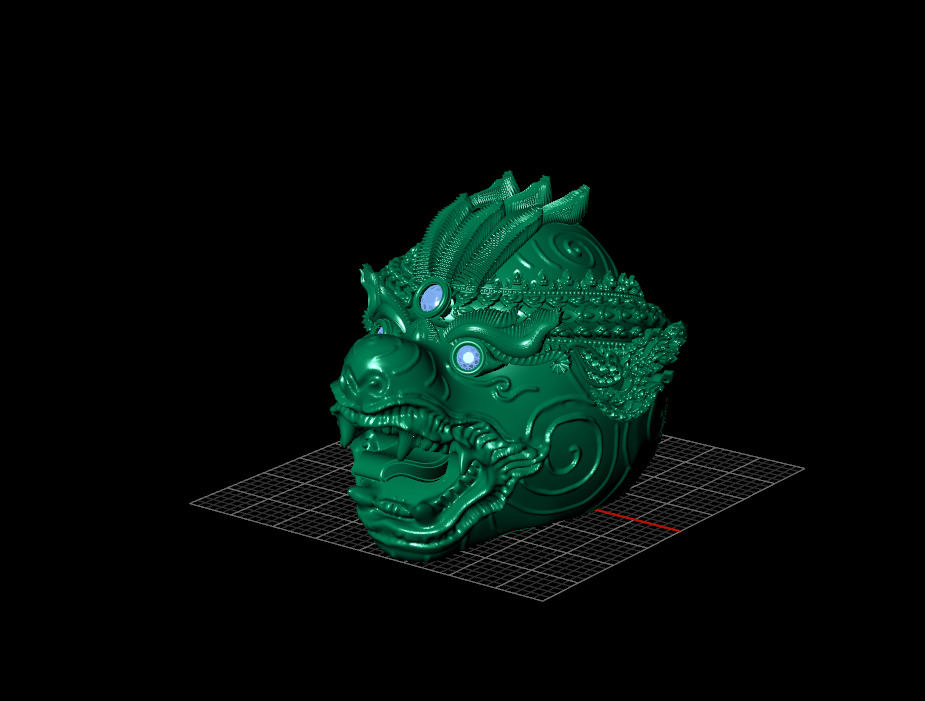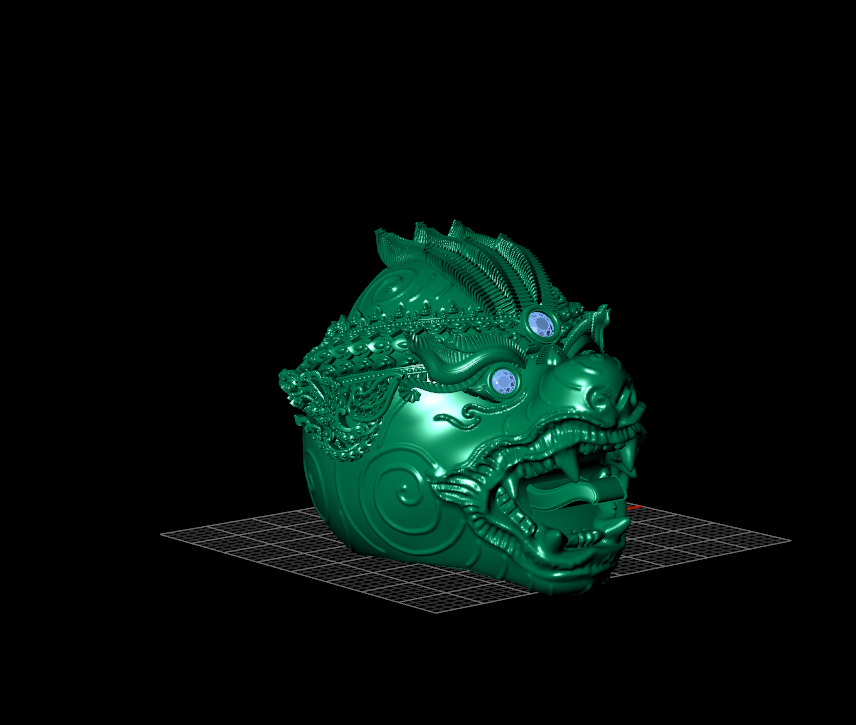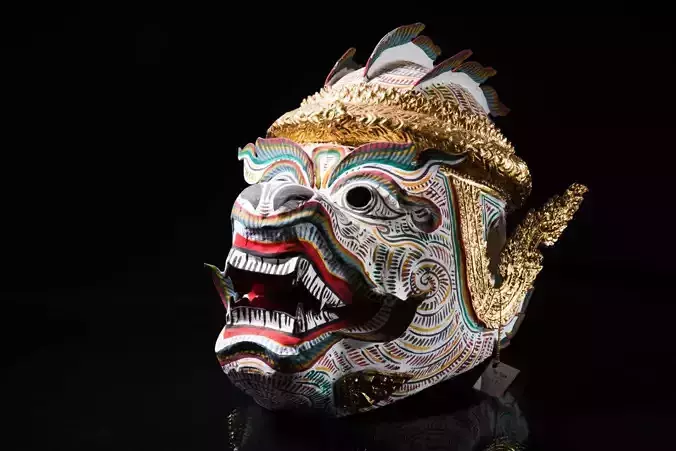
Hanuman Ring Lakhon khol Khmer 3D print model
Lakhon Khol is a traditional theatre performance of Cambodia. Mask theatre of Cambodia having its origins during the Angkor period. It is believed to have begun during the 10th century through the inscription K.99 Sambor Prei Kuk temple in the reign of King Jayavarman V (CE 968-1001).[2] Lakhon Khol is believed to be a derivative of the Drama, acronym in the High Priest's Dictionary Chuon Nath. That short forms can be interpreted as a form of drama, played out in a series of short stories. The word Khol Is encountered in a number of other rocks, such as K.566-a a rock above the Stung Sreng Siem Reap province inscribed at the end of the 10th century Which refers to wearing a mask dance. The theatrical drama was developed from the Khmer shadow theatre called Lakhon Sbeak Thom; Khmer: ល្ខោនស្បែកធំ”.[3] Lakhon Khol was recorded by Henri Mouhot at a restaurant dinner with a dance performance in the Royal Palace in the city Oudong with King Ang Duong in 1856.[4] [5] Until the Royal King Sisowath, the royal dance in the form of dance was frequently performed for French diplomats or anthropologists to be entertained by the love of Khmer classical dance.George Groslier compiled the diaryDanseuses Cambodgiennes, Anciennes & Modernes" 1913.[6] Royal dance in the form of Lakhon Khol means that the king royal dance is a form of dance masks. The evolution of Cambodian dance art is linked to nature, social class, and Brahmin religion, the original religion of the country India, Hindu religion, which is related to the story incorporated into the art of Cambodian dance, the liveliness of Cambodian dances are recorded by George Coedes (La dance du Cambodge) in 1944.[7]
Lakhon Khol reappeared once again in the 20th century in King Sisowath and continued to King Norodom Sihanouk in 1948, after the end of the World War II by organizing a rehearsal Initially, he visited the Vegetable History at (Lakhon Khol Wat Svay Andet) in Kandal Province, which performed theatrical theatre for rainfall and peace to the

